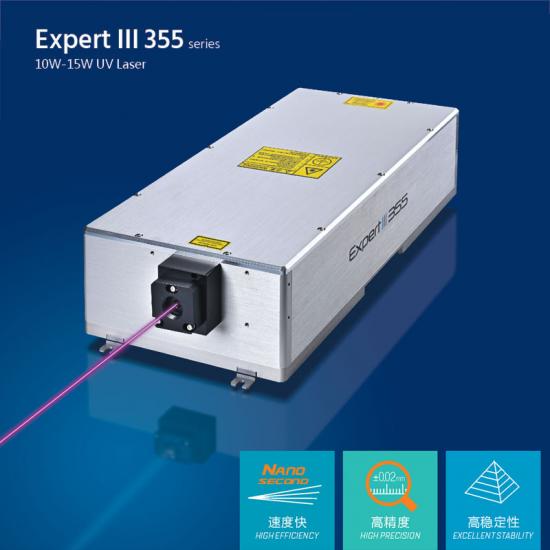Latest Blog
Ultraviolet laser cutting fingerprint recognition module, the precision is too high
Jul 28 , 2022Ultraviolet laser cutting fingerprint recognition module, the precision is too high
Since the fingerprint recognition function of mobile phones has been widely used, after years of development, today's fingerprint recognition module manufacturing process is very mature, and it can be found in security and 3C electronic products.
The fingerprint module is mainly composed of a fingerprint collection module, a fingerprint identification module and an extended function module. With the gradual maturity and deepening of each link of the industrial chain, ensuring the efficient processing of fingerprint recognition modules is the focus of manufacturers' consideration.

uv laser | green laser | Ultraviolet lasers | uv dpss laser | nanosecond laser | UV laser source | Solid State Lasers
In the face of market demand, the ultra-violet nanosecond solid-state laser developed by RFH is used to precisely cut the module components, and the effect is very good!
Because of its high coherence, directionality and high intensity, laser can obtain high energy density after focusing. When the laser acts on the material, reflection, scattering and absorption occur. The incident laser light is absorbed on the surface of the material through the inverse bremsstrahlung process, and is converted into heat energy in sub-nanosecond time, so that the temperature of the material increases, the shape and structure of the material are increased. change occurs. In industry, lasers are often used for cutting, welding, drilling, marking, heat treatment and surface alloying.
The nanosecond solid-state laser developed by RFH is very effective. It can realize the cutting of fingerprint recognition modules on various substrates of rigid boards, flexible and rigid boards, and ceramic boards. The cutting precision is high, the efficiency is fast, and the effect is good.
First of all, the pulse width is small (<25ns). Such a narrow pulse width can largely avoid the transfer and conversion of energy and the influence of the existence of heat energy and thermal diffusion, resulting in a small heat-affected zone, which belongs to cold working.
Secondly, the focused spot diameter is small (micron level), and the cutting gap is narrow, which is generally calculated in micron level. The cutting section is flat, the secant line is straight, the edge is smooth, no thermal damage, and no carbonization. Materials can produce more products and save material costs.
Furthermore, the machining process is not in direct contact and will not produce any mechanical stress and deformation. For hard and brittle materials such as ceramics, problems such as chipping and cracks are avoided, the defective rate of cutting is reduced, and the yield is improved for enterprises. At the same time, improve operational efficiency and effectiveness.
At the same time, RFH nanosecond solid-state lasers are available in multiple models. Users can choose 355nm ultraviolet laser or 532nm green laser according to their needs, and can choose flexibly according to different powers. The use scenarios are more in-depth and cost-effective.